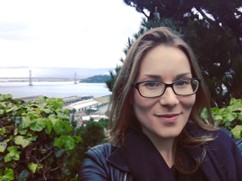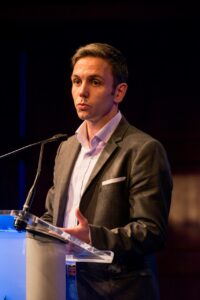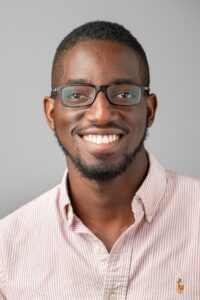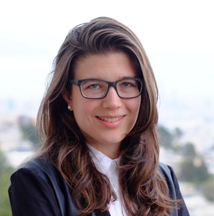 Abstract: Lithium-ion batteries are one of the critical momentums of our current mobile society. With the further development and application of increasingly high energy density batteries and large capacity battery packs in electric vehicles, cellphones, laptops, and large-scale energy storage systems, the consequences of battery safety issues now become significant threats. Internal short circuits (ISCs) and thermal runaways (TRs) are typical battery safety issues where mechanics, electrochemistry, and thermal are strongly coupled. Interdisciplinary endeavors are in pressing need to address these safety issues. In this talk, multiphysics modeling and characterization at both cell level (~102 mm) and active particle level (~1 μm) will be highlighted to provide a mechanistic understanding of the nature of triggering and evolution of ISCs as well as the responsible mechanical instabilities of the solid-solid interfaces. In the meantime, a machine-learning combined with physics-based modeling will be introduced to achieve faster computation with higher accuracy. Results provide new insights into multiphysics behaviors in battery safety issues and offer engineering-ready modeling methodologies for the next-generation battery design, evaluation, and monitoring.
Abstract: Lithium-ion batteries are one of the critical momentums of our current mobile society. With the further development and application of increasingly high energy density batteries and large capacity battery packs in electric vehicles, cellphones, laptops, and large-scale energy storage systems, the consequences of battery safety issues now become significant threats. Internal short circuits (ISCs) and thermal runaways (TRs) are typical battery safety issues where mechanics, electrochemistry, and thermal are strongly coupled. Interdisciplinary endeavors are in pressing need to address these safety issues. In this talk, multiphysics modeling and characterization at both cell level (~102 mm) and active particle level (~1 μm) will be highlighted to provide a mechanistic understanding of the nature of triggering and evolution of ISCs as well as the responsible mechanical instabilities of the solid-solid interfaces. In the meantime, a machine-learning combined with physics-based modeling will be introduced to achieve faster computation with higher accuracy. Results provide new insights into multiphysics behaviors in battery safety issues and offer engineering-ready modeling methodologies for the next-generation battery design, evaluation, and monitoring.
Biographical Sketch: Dr. Jun Xu joined the Department of Mechanical Engineering at the University of Delaware as an Associate Professor in 2023 Fall. Dr. Xu served as the inaugural Director of NC Battery Complexity, Autonomous Vehicle and Electrification Research Center when he was an Associate Professor at the University of North Carolina at Charlotte. Dr. Xu’s research mainly focuses on multiphysics modeling and characterization of batteries, and impact dynamics. Dr. Xu now serves as an executive committee member of the Advanced Energy System Division, ASME. He is Associate Editor of ASME Journal of Electrochemical Energy Conversion and Storage, Scientific Reports and Batteries. Dr. Xu has published more than 130 peer-reviewed journal papers with citations of 5,400+, H-index 43. Dr. Xu was included in World’s Top 2% Scientist List (Stanford University, 2022) and awarded the prestigious James H. Woodward Faculty Research Award (2021, Chancellor’s Award) and Early-Career Faculty Awards for Excellence in Research (2022) at UNC Charlotte. Dr. Xu earned his Ph.D. degree from Columbia University in 2014.









